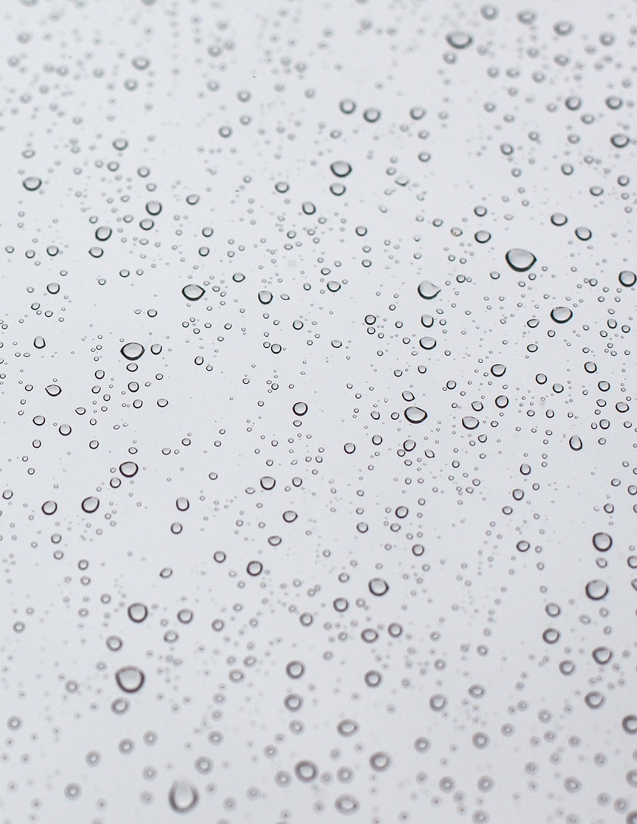
Humidity might not seem like a big deal at first, but when it sneaks into your outdoor switchgear enclosure, it can cause a lot of headaches. From rusted components to full-blown electrical failures, moisture is a quiet troublemaker.
The good news? It’s preventable. Here’s a simple guide to help contractors and owners understand how humidity creeps in and how to stop it in its tracks.
Why Does Humidity Build Up?
Humidity inside an enclosure happens when moisture from the air condenses on cooler surfaces. But what’s causing this in the first place?
1. Temperature Swings
Think about those crisp evenings after a warm day. When the temperature drops, any warm air trapped inside the enclosure cools down and releases moisture, which condenses into water droplets.
2. Leaky Seals
Even tiny gaps can let humid air seep in. Over time, this builds up, especially during damp weather or when it rains. If an board comes with vermin or steel base plates seal all areas to ensure ingress is mitigated. This goes down to electrical installers taking responsibility for future environmental considerations.
3. No Airflow
When air inside the enclosure isn’t moving, moisture can’t escape. Stagnant air just lets the humidity hang around and build up.
4. Heat from Equipment
Your switchgear generates heat when it’s running. But when it cools down, that leftover warmth can actually help moisture condense inside the enclosure.
5. Concrete Base Ingress
The foundation is key to a successful installation. In this case, we’re talking about the concrete base beneath your outdoor enclosure. Concrete naturally retains moisture, which can pose challenges for the switchgear frame, especially since we are supplying a painted mild steel framework.
Why Is Humidity a Problem?
Here’s what can happen if moisture gets cosy in your enclosure:
- Rust and Corrosion: Metal components start to break down, which can lead to expensive repairs.
- Electrical Failures: Moisture can cause short circuits or lead to dangerous situations like tracking (where electricity follows a path it shouldn’t).
- Shorter Lifespan: Constant exposure to moisture wears down your equipment faster.
- Safety Risks: Water and electricity don’t mix well—humidity increases the chances of shocks or even arc flashes.
How to Keep Humidity Out
Let’s get practical. Here are some straightforward steps to protect your enclosure:
1. Seal It Tight
Make sure every door, panel, and cable entry point is sealed properly. Weatherproof gaskets are your best friend here.
2. Ventilate or Dehumidify
- Passive Ventilation: Add vents with filters to let air flow without letting moisture in.
- Active Dehumidification: Heaters or specialised dehumidifiers can keep moisture levels down.
3. Use Moisture Absorbers
Pop some desiccant packs (like those little silica gel packets) into the enclosure. They’re great for soaking up any extra moisture. Just remember to replace them regularly.
4. Keep an Eye on It
Install sensors to monitor humidity and temperature levels inside the enclosure. If things start to climb, you’ll get a heads-up before any damage is done.
5. Ensure Water Can Drain
If water ever does get in, make sure it has a way out. Drainage holes or sloped surfaces can prevent puddles from forming.
6. Check Regularly
Set up a maintenance routine to inspect seals, vents, and other components. Catching small issues early can save you a ton of time and money later.
What You Need to Know
- Preventative Steps Are Worth It: Spending a little time and money upfront on sealing and ventilation will pay off in the long run.
- Regular Checks Save the Day: Keep an eye on things with routine inspections and monitoring.
- Moisture Can Be Managed: You don’t need to be a humidity expert—just follow these steps, and you’ll keep your equipment safe and dry.
Final Thoughts
Humidity in your outdoor enclosures doesn’t have to be a problem if you know how to handle it. By taking a few preventative measures, you’ll protect your switchgear from damage and keep it running smoothly for years to come.
Relevant Reading
Protecting Your Switchgear: Why Temperature and Humidity Matter?
How to Protect Your Switchgear from Temperature Swings – Switchgear Builders
Protecting Your Switchgear: Moisture Control Tips for Outdoor Installations
Disclaimer:
The information provided on this site is for general informational purposes only and may not reflect the most current regulations or standards. Legislation, industry guidelines, and best practices can change over time, and it is the user’s responsibility to research and ensure compliance with the latest requirements for their specific situation. Always consult a qualified professional for advice tailored to your project or application.
